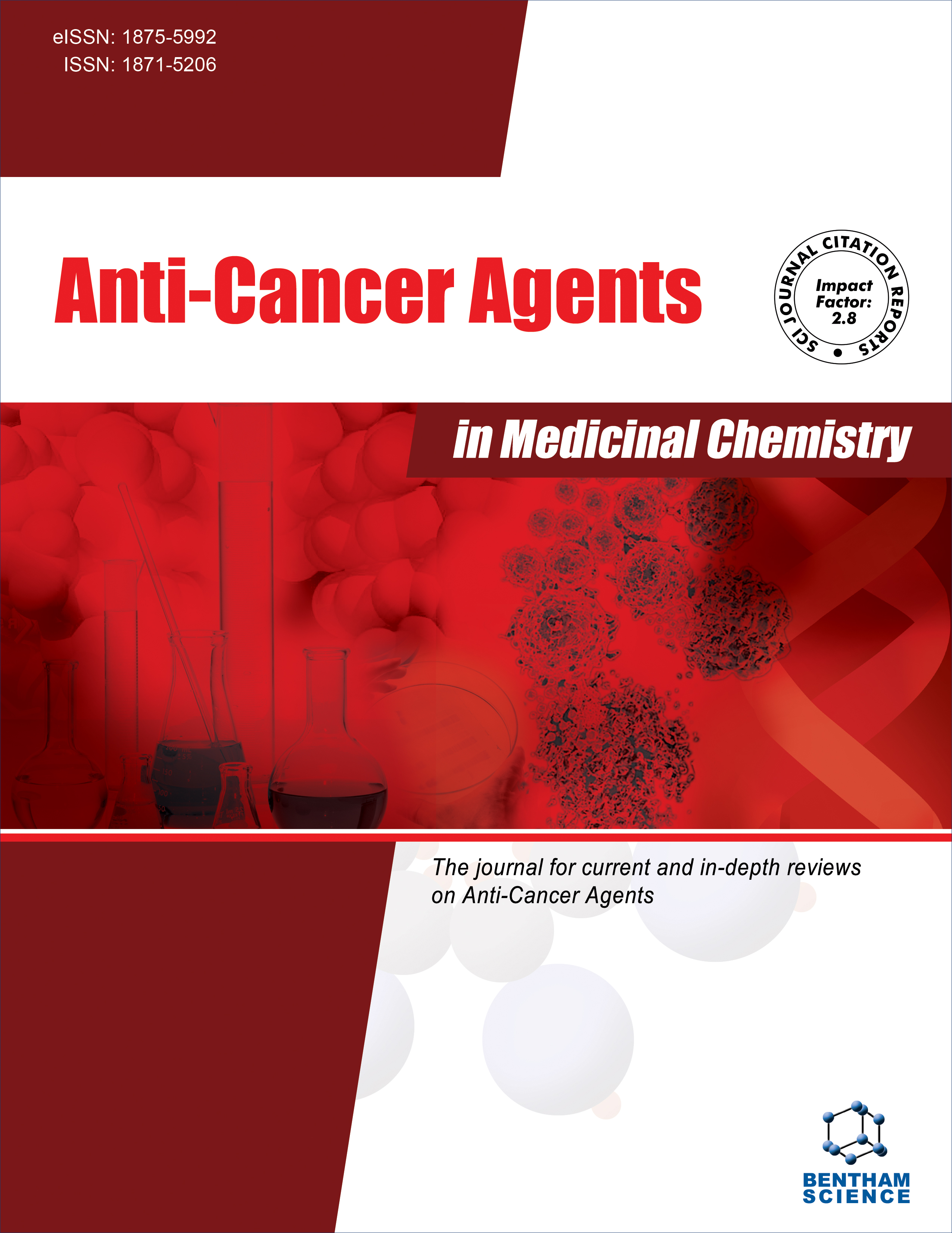
Full text loading...

Despite decades of research on promising new therapies, cancer remains a leading cause of morbidity and mortality. Over the years, extensive research has been conducted on the potential anticancer effects of various medicinal plants. One extremely promising agent or adjuvant that may be utilized for the prevention/treatment of several malignancies is cedrol, a naturally occurring sesquiterpene. Cedrol modulates multiple molecular pathways involved in the protracted carcinogenesis process, including the generation of reactive oxygen species, activation of pro-death autophagy, inhibition of survival signals, promotion of apoptosis, and inhibition of minichromosome maintenance proteins. This review suggests that cedrol might be a unique medication for the treatment of glioblastoma, lung cancer, and colorectal cancers. Further in-depth investigations of cedrol's anticancer mechanisms are needed.

Article metrics loading...

Full text loading...
References


Data & Media loading...